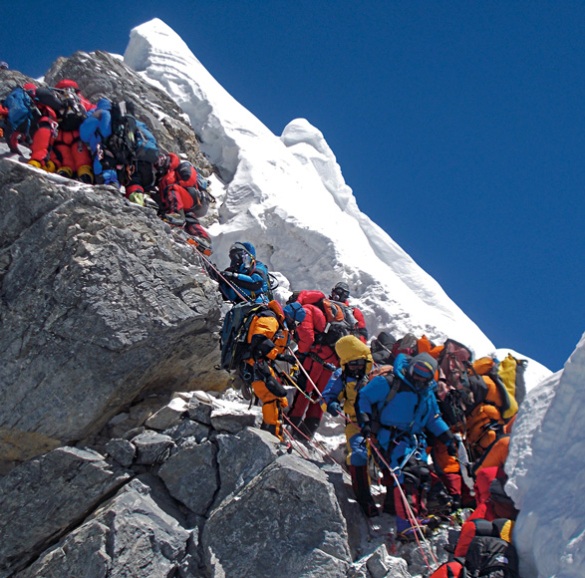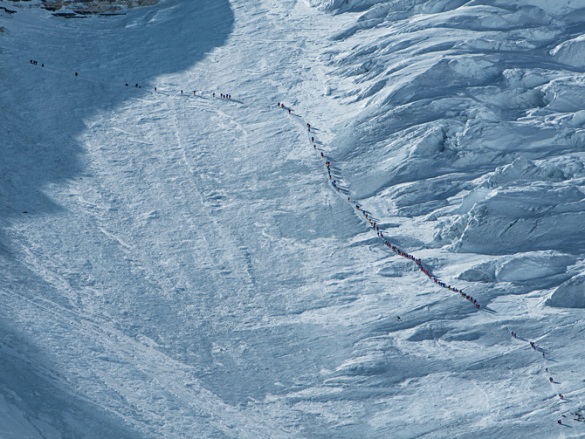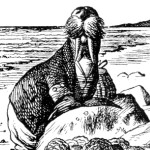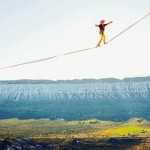That’s not a picture of folks leaving the Green Bay Packers game this past weekend, or of my Chicago-area friends traveling to-and-from work over the past few days.
That’s the Hillary Step.
On Everest.
You heard me. Mount Everest. Highest of heights. One of the most prestigious (and simultaneously most infamous) climbing destinations in the world. And if this picture is any indication, also about as busy as downtown Lander, where I live.
The numbers connected with that image are mind-boggling:
Traffic chokes the Hillary Step on May 19, 2012. Some climbers spent as long as two hours at this 40-foot rock wall below the summit, losing body heat. Even so, 234 people reached the top on this day. Four climbers died.
Both images feature prominently in a mini-site National Geographic posted last June detailing the shocking increase in traffic on the world’s most famous peak: “Everest Maxed Out.” It’s a treasure trove of information: video diaries, Instagram photos, podcasts, historical analysis, and more. Really fascinating stuff, though none of them hit me quite as hard as that first image, which my wife showed me one night as we both sat browsing the InterWebs.
I still can’t really believe it.
It’s not that I didn’t think people were climbing Mount Everest. It’s just that I had no idea THAT MANY PEOPLE were climbing Mount Everest. I’m dumb-founded. (Of course, I’m also not very brave. Or very adventurous. These things might be connected.)
Interestingly, the accompanying feature article (from Mark Jenkins) does not suggest that the summit be closed in the name of safety (or sanity). He does think steps need to be taken to get things under control, but he’s aware of what makes Everest such a powerful draw:
Despite all the problems on the mountain, Everest still stands alone. There will always be people who want to climb the world’s tallest peak, because there’s more to being on Everest than getting hemmed in by crowds or confronted by heaps of trash. The mountain is so high and so indifferent it calls upon every climber, at one time or another, to rise to his or her better self.
There is also beauty on Everest. I’ll never forget the breathtaking view from our perch at Camp III, clouds roiling up the Western Cwm like a slow-motion reverse avalanche. Or the visceral relief of a cup of scalding soup at Camp IV. Or the crunch of my crampons in the crystalline labyrinth of the Khumbu Icefall just above Base Camp. I’ll treasure the memory of climbing with friends on the mountain. I committed my life to them, and they committed their lives to me.
Such moments are the reasons climbers keep coming back to Everest. It’s not simply about reaching the summit but about showing respect for the mountain and enjoying the journey. Now it’s up to us to restore a sense of sanity to the top of the world.
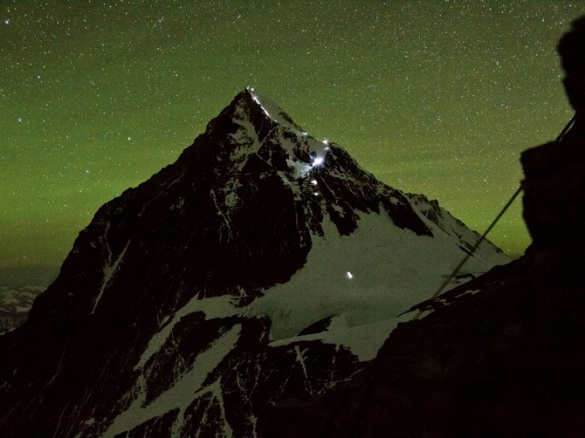 Photos courtesy of National Geographic and Subin Thakuri/Utmost Adventure Trekking (Hillary Step), Andy Bardon (Everest Face), and Kristoffer Erickson (Headlamps at Night)
Photos courtesy of National Geographic and Subin Thakuri/Utmost Adventure Trekking (Hillary Step), Andy Bardon (Everest Face), and Kristoffer Erickson (Headlamps at Night)

